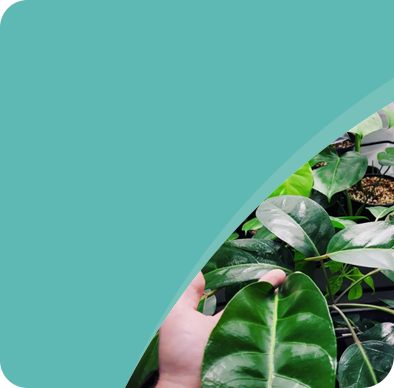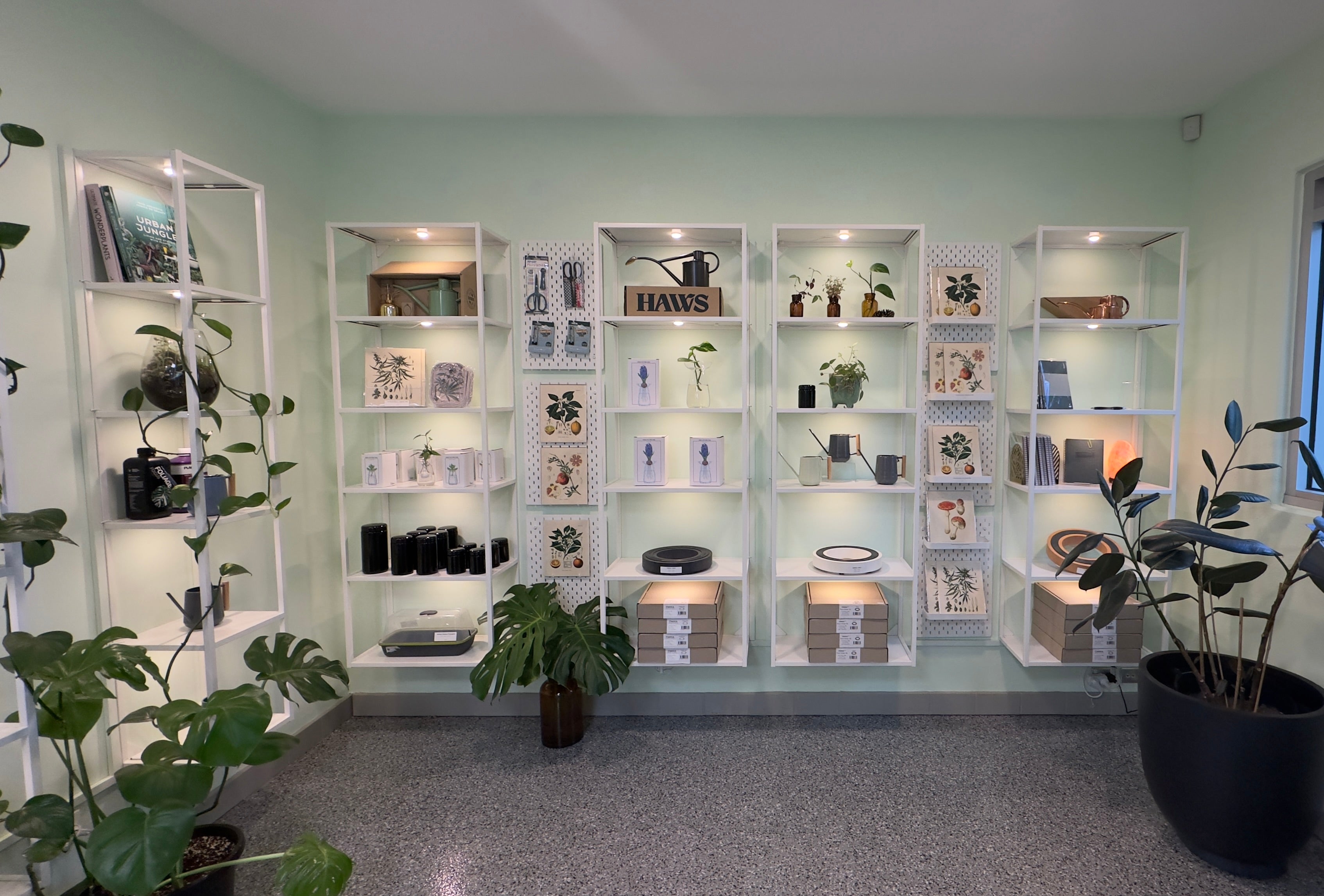A very important step in achieving excellence within the grow room!
Most nutrient feed charts talk about weekly feeding so as your plants increase in volume, so does the nutrient dose.
Most of these feed charts incorporate cleansing solutions that effectively seek and destroy excess salt accumulation and convert back in a useable form for the plants.
However, if the entire nutrient solution is not changed every 7-10 days you risk toxic accumulation of salts and metals.
The strength (EC) of the nutrient solution may register correctly but if you have just been topping up the existing mix without change, there is no way for you to know what nutrients the EC reading is comprised of, as EC meters only read the entire value of food present, not individual elements.
For those gardeners growing in pots using coco coir or soil, the best way to maintain an ideal EC without the possibility of build-up is to force run off with each new feed. This practice will ensure any heavy salt and metal accumulation will be removed/washed away.
Another way to prevent nutrient toxicity is to flush your pots/systems every 3rd feed with just plain pH corrected water.
A factor most gardeners do not consider is the depletion of dissolved oxygen, the roots of every plant need oxygen to thrive! No oxygen = nutrient restriction. A plants roots also utilize dissolved oxygen in order to fight anaerobic bacteria’s like phytophthora and root rot.
Never let a nutrient solution sit still or stagnant, implementing air-pumps, air stones and water pumps to keep the water moving will ensure constant oxygen availability.
Check your nutrient solution every day!
- Avoid Dilution
- Avoid Over feeding
- Use a Quality Nutrient
- Change Reservoir Every 7-10 Days
Monitor your plant, observation is key - Remember that the feeding schedule provided is a ‘guide’ so slight alterations are generally made, thus allowing you to tailor nutrient levels for specific crops.
#growwithus




